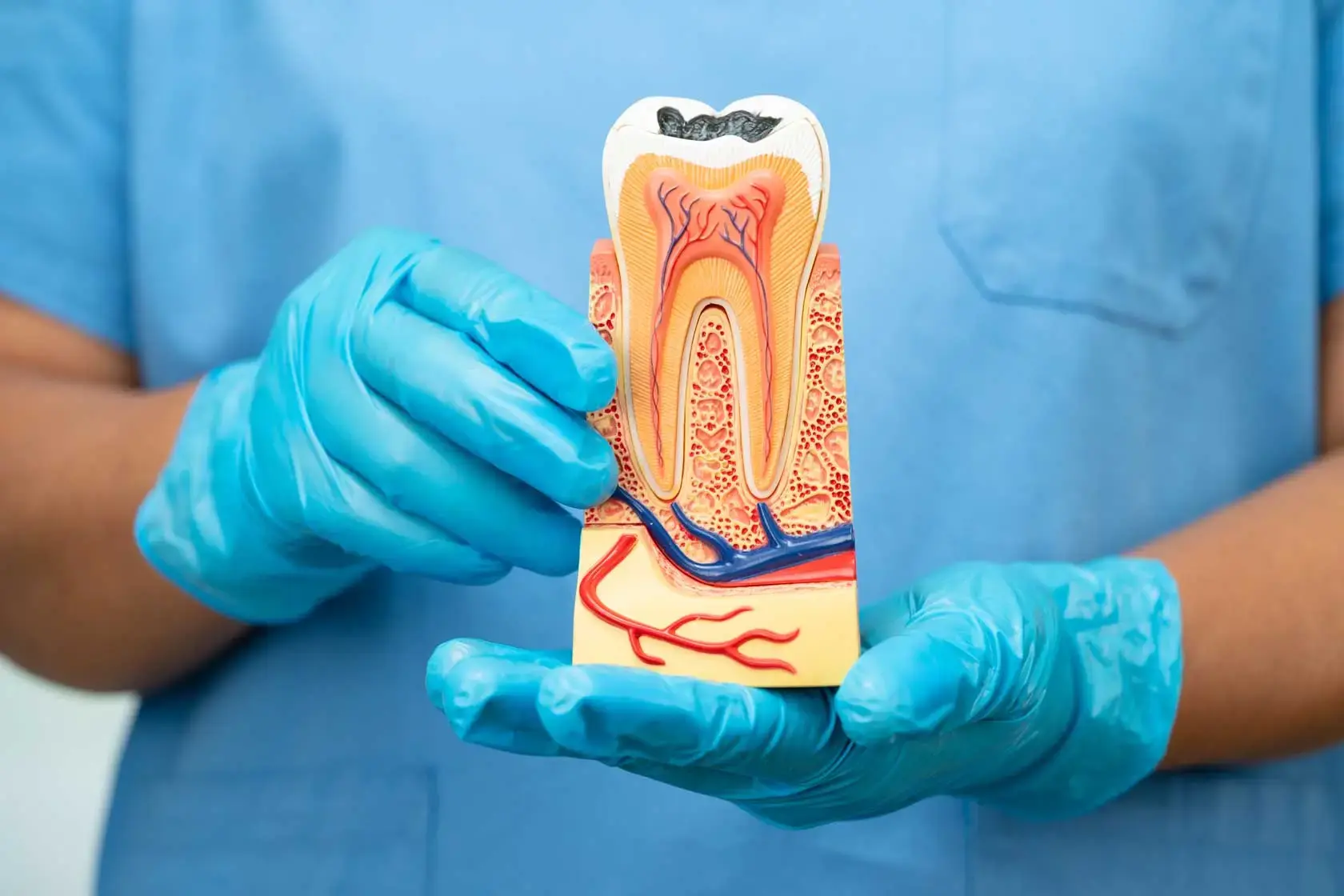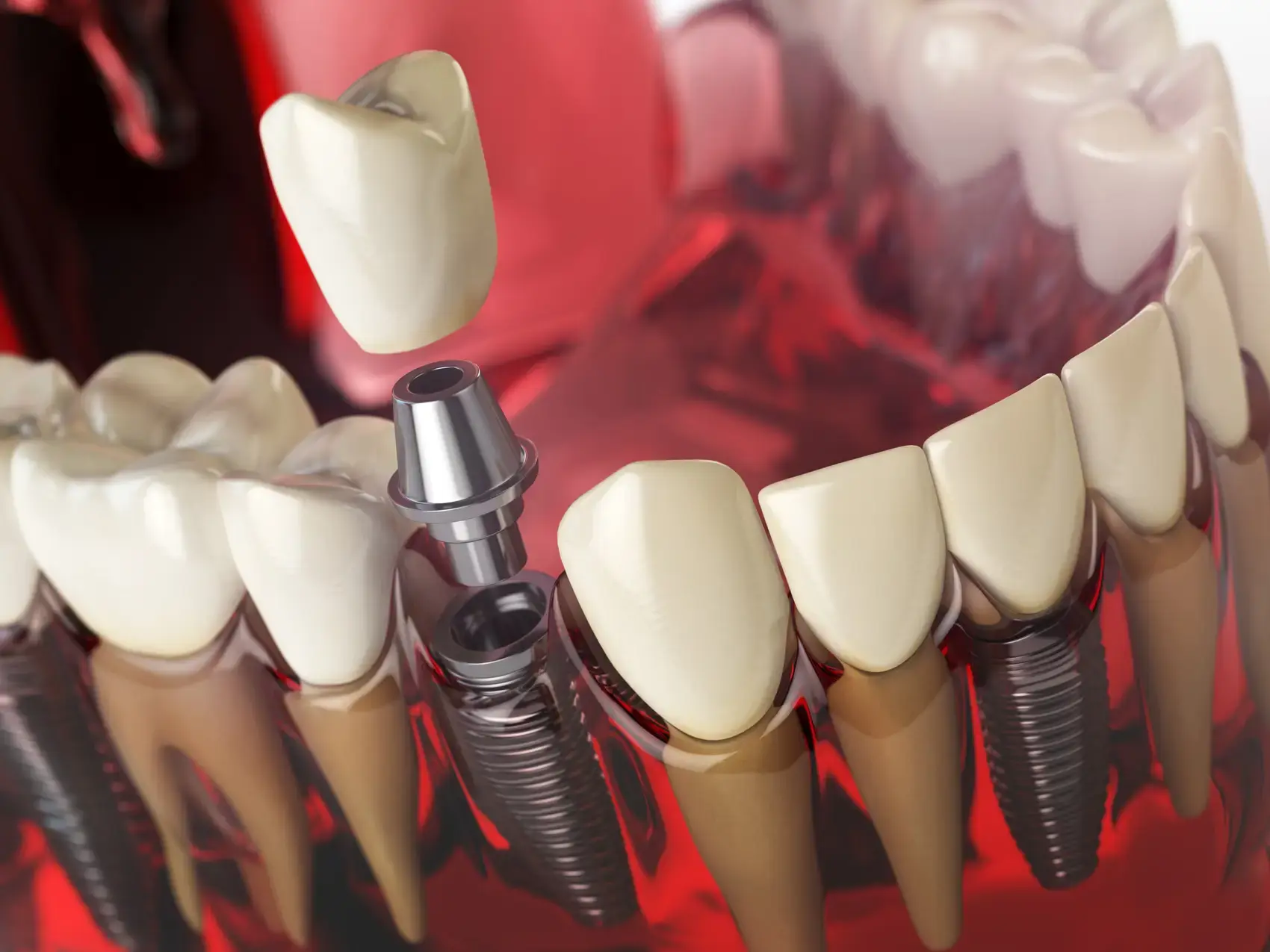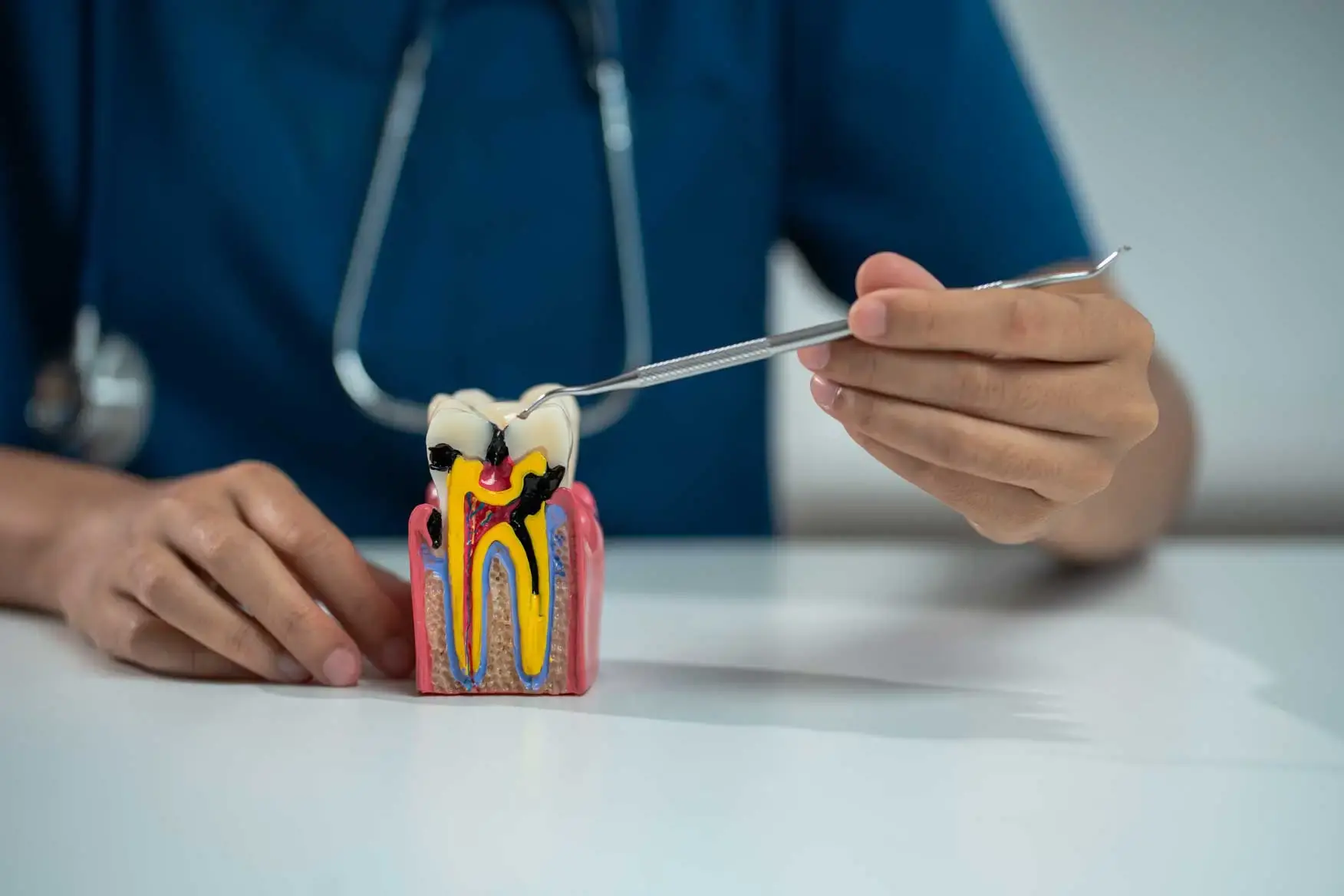Orthodontic Treatment
Orthodontic treatment focuses on realigning teeth or jaws, crowding, any gaps etc. This is achieved by using orthodontic wires and braces which realign or reposition the teeth/jaw in proper position. Orthodontic treatment improves smile and overall oral health.
Misalignment, crowding, premature tooth loss etc. might be due to any genetic factor or habits such as thumb sucking, dental traumas etc.
Types of Braces
1. Metal Braces
Traditionally used metal braces are important especially in case of severe misalignments. In this, the wires are connected to brackets which are attached on teeth. These wires are tightened regularly to put adequate pressure for teeth movement.
2. Ceramic Braces
These are tooth-colored braces and good in case individual has aesthetic preferences. However, these are fragile, can chip off easily, and are expensive.
3. Lingual Braces
These are placed from the inside surface of the teeth and are not visible when seen from the facial surface. These are fabricated according to individual needs.
4. Self-Ligating Braces
They have elastics which makes them easy to adapt and lessens the need of regular braces tightening visits to the dentist.
5. Clear Aligners
These are removable and transparent trays which are custom-made for every individual.
The Process of Orthodontic Treatment
A thorough initial consultation with a dentist is conducted to make sure about the treatment options available for an individual. Impressions are made and studied for the same.
Braces (meaning brackets and wires) need to be tightened regularly. Also, aligner sets need to be replaced, for which regular dental visits are important.
Once the teeth are aligned in the expected position, retainers are given for daily usage over a time period.
Treatment Duration
It depends from case to case, the issue for which orthodontic braces are used. Generally, this treatment takes a period from 18 months to 3 years, with follow-up visits to avoid recurrence.
Benefits of Orthodontic Treatment
- Good aligned teeth are easy to clean
- Improves oral hygiene and reduces tooth decay
- Prevents bite misalignment and jaw joint issues
- Helps in smile design and improves overall aesthetics
- Enhances confidence and quality of life
Risks and Considerations
Considering all of the benefits of orthodontic treatment, keeping good oral hygiene along with scheduling frequent dental checkups are essential. If proper care is not done, having braces can make cleaning teeth more challenging and increases the risk of plaque buildup and tooth decay.
After changes, some patients may feel slight discomfort. To minimize risks, choosing the right type of braces and following the orthodontist's instructions are important.
Frequently Asked Questions
At what age should someone consider orthodontic treatment?
As early detection is key scheduling dental appointment as early as 7 -10 years is recommended if one suffers from any form of misalignments
How long does orthodontic treatment typically last?
It depends from case to case ,the issue for which orthodontic braces are used .Generally this treatment takes period from 18 months to 3 years with follow up visits to avoid recurrence.
Are there alternatives to traditional metal braces?
Yes, there are a number of options, such as self-ligating braces, ceramic braces, lingual braces, and clear aligners Benefits and suitability of each choice vary based on the needs and preferences of the patient.
Is orthodontic treatment painful?
Following brace alterations, patients might experience some discomfort or mild pain; yet this is usually very temporary and can be managed by over-the-counter pain medication. Compared to traditional braces, clear aligners typically cause less discomfort.
How important is oral hygiene during orthodontic treatment?
During orthodontic treatment, it is essential to maintain proper dental hygiene. When braces are not appropriately cared for, it can trap particles of food and plaque, which accelerates the development of gum disease and tooth decay. It's important that one receives regular dental evaluations, brushing, and flossing.
What happens if I don't follow my orthodontist's instructions?
Failure to adhere to instructions, such as not putting on retainers or elastics as prescribed, might delay treatment, have an impact on the result, or cause regression, in which the teeth revert to their initial positions.
How much does orthodontic treatment cost?
It depends upon type of misalignment ,dental issues and may differ from individual to individual .It is best estimated by the concerned dentist
Are the results of orthodontic treatment permanent?
Yes, with consistent use of retainers and following all post treatment care as prescribed by the dentist will ensure treatment last longs
You May Also Like
These Related Stories

How Long Does a Root Canal Take? A Step-by-Step Guide

Dental Implants

